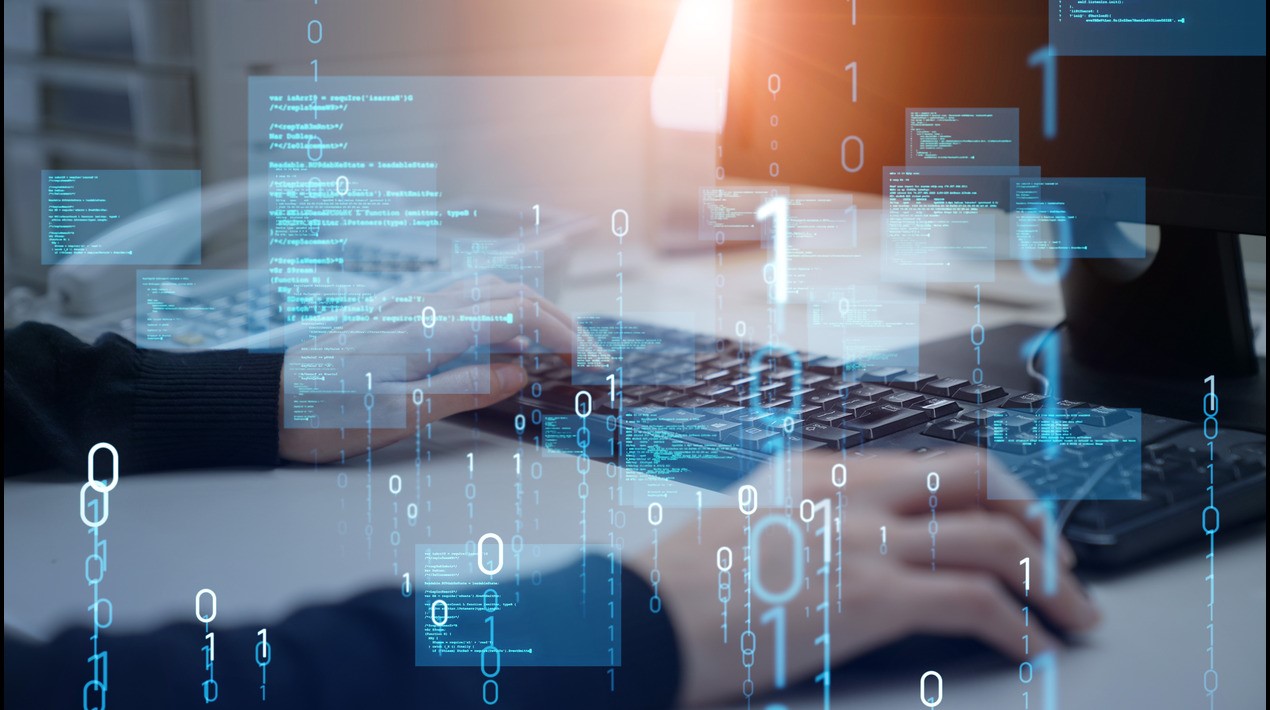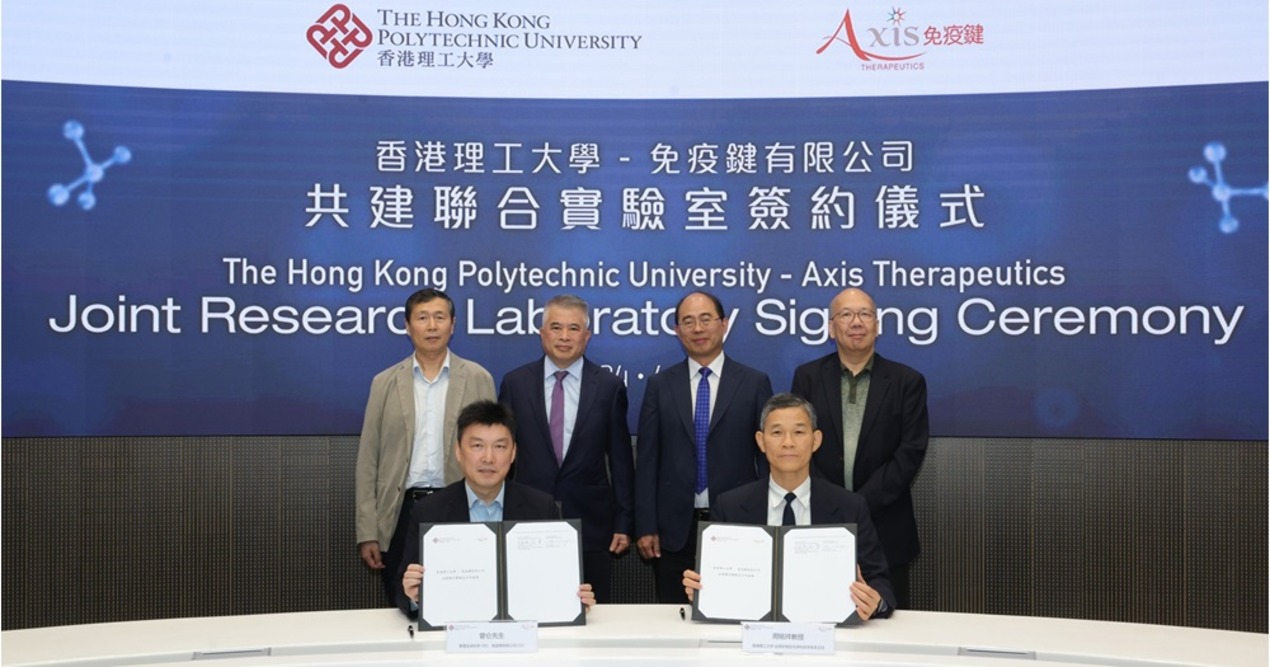
The Singapore government has developed a blockchain-based platform that will enable employers to verify the educational qualifications of employees and job candidates who have graduated from local universities, polytechnics and other educational institutions.
Starting from this year, all graduates will receive digital certificates for N, O and A Levels, ITE qualifications, diploma and degree qualifications from polytechnics, LASALLE College of the Arts (LASALLE), Nanyang Academy of Fine Arts (NAFA), Autonomous Universities (AUs) and the National Institute of Early Childhood Development (NIEC), as well as Singapore Workforce Skills Qualifications (WSQ).
These digital certificates will be stored in the Skills Passports of their individual MySkillsFuture accounts. When they use these certificates for job applications, employers will be able to quickly and easily verify these digital certificates through OpenCerts (opencerts.io). This was announced by Minister for Education, Ong Ye Kung, at Temasek Polytechnic’s Graduation Ceremony.
Jointly developed by SkillsFuture Singapore (SSG), Government Technology Agency (GovTech), Ngee Ann Polytechnic (NP), and the Ministry of Education (MOE), OpenCerts is an initiative in support of Smart Nation, to develop deep tech solutions benefiting Singaporeans. This is the first time blockchain technology has been harnessed for use at the national level, and it was first piloted in 2018 by GovTech and NP, to develop and trial the use of blockchain technology for secure and reliable digital certificate verification. The first batch of digital certificates was issued to NP’s graduating cohort last year.
“OpenCerts is another example of how the Government is harnessing technology to deliver secure and easy-to-use digital services for citizens and businesses. We see enormous potential for deploying the OpenCerts technology to develop secure and reliable certificate verification and issuance regimes in other sectors. We look forward to collaborating with industry and government agencies to develop further use-cases,” said Mr Kok Ping Soon, Chief Executive, GovTech.
Blockchain provides secure and authentic certification
With OpenCerts, individuals will receive digital certificates which will each have a unique cryptographic proof embedded within for secure verification. They will no longer need to obtain certified true copies of their education and training certificates for job and academic admission applications. Individuals can instead provide potential employers with digital certificates issued by these institutions. These digital certificates can be easily verified by employers directly through the OpenCerts platform (opencerts.io), which will check the certificate data against its code on the blockchain for validity and to detect any signs of tampering. This automatic verification will simplify and reduce administrative processes and physical paperwork for employers.
Digital certificates will save time and costs
Local educational institutions will also save time and costs by not having to manually verify issued certificates from individuals. Upon completing and graduating from participating institutions and schools, learners and students will have their issued digital certificates automatically populated onto their Skills Passport, which is available on both the MySkillsFuture Portal and Mobile App, when the students graduate and their certificates have been issued by the schools. The Skills Passport will serve as a single digital repository for education and training certificates. It enables all Singaporeans to track their current skillsets and plan for future skills development.
















